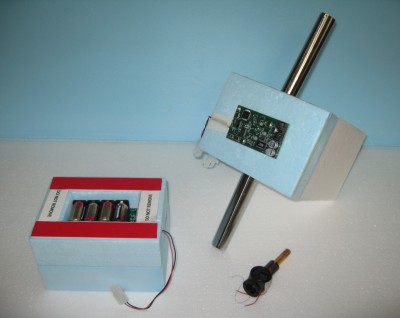
One of the largest challenges from a global climate observations perspective is a lack of accurate water vapor measurements in the upper troposphere and lower stratosphere. The Global Climate Observing System (GCOS) Reference Upper Air Network (GRUAN) is an international reference observing network designed to meet climate requirements and fill this major void. In 2009, the ARM fixed sites were approved by the Department of Energy to join this network. ARM representatives then negotiated an agreement with network collaborators to meet the final requirements for monthly launches of a balloon-borne cryogenic frost-point hygrometer and associated data processing. Beginning in fiscal year 2010, the National Oceanic and Atmospheric Administration is providing the equipment and ARM is funding the effort for these launches from the ARM Southern Great Plains site in Oklahoma as a candidate observing station among the initial reference sites of the GRUAN network.
Modeled after the ARM sites, GRUAN will eventually consist of a worldwide network of about 30-40 stations. The reference stations will conduct routine soundings using the best available sounding equipment combined with surface and remote sensing observations to constrain the measurement uncertainties to the best possible limits. Quantifying the uncertainty at existing and new GRUAN sites allows data from many climatic regions of the world to be comparable, therefore providing a larger, more accurate set of climatic observations to the climate research community that will ultimately lead to improvements in climate models. The highest priority climate observations include temperature, water vapor, and pressure, with secondary priority placed on wind speed, wind direction, and ozone. Upper air observations within the GRUAN network will:
• provide long-term high-quality climate records
• be used to constrain and validate data from space-based remote sensors, and
• provide accurate data for the study of atmospheric processes.
The GRUAN Lead Centre, assigned to the Richard-Assmann-Observatory at Lindenberg, Germany, became fully operational in summer of 2008. The GRUAN Lead Centre was convened under the scientific guidance of the Working Group on Atmospheric Reference Observations (WG-ARO), which led the development of GRUAN. Doug Sisterson, ARM Operations Manager, and Jimmy Voyles, ARM Field Campaign and Instrument Coordinator, are members of the WG-ARO. For more information, see the article published in the Bulletin of the American Meteorological Society.

